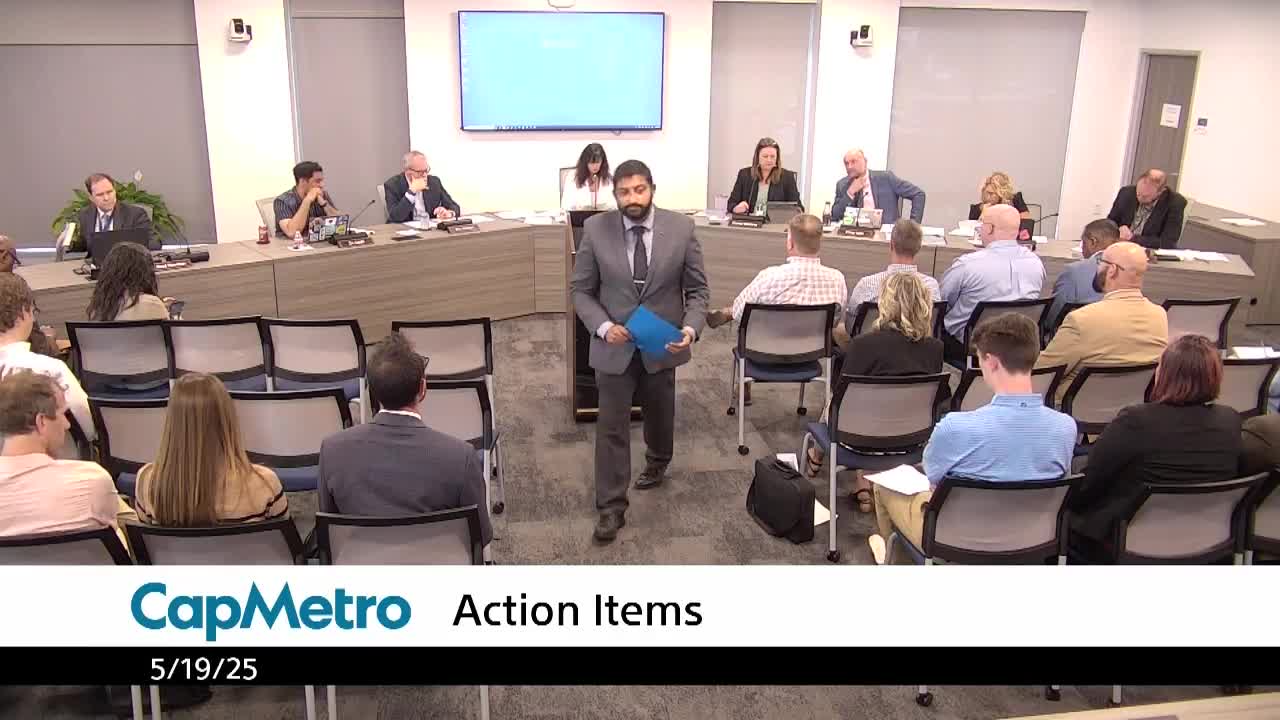CapMetro approves $49M agreement for Uptown ATX transit station development
May 23, 2025 | Austin, Travis County, Texas
Thanks to Scribe from Workplace AI , all articles about Texas are free for you to enjoy throughout 2025!

This article was created by AI using a video recording of the meeting. It summarizes the key points discussed, but for full details and context, please refer to the video of the full meeting. Link to Full Meeting
The board approved an amended agreement with Brandywine Realty Trust and BDN Management Inc. for a total project budget of $49 million, with Capital Metro contributing approximately $37.3 million. This marks a substantial increase from the original $12 million commitment made in 2020, reflecting the rising costs associated with construction and inflation exacerbated by the pandemic. The project aims to support the city’s vision of a more compact and connected urban environment, aligning with the broader goals of the Imagine Austin initiative.

Before you scroll further...
Get access to the words and decisions of your elected officials for free!
Subscribe for FreeThe Broadmoor Station is projected to have the second highest ridership on the Metro Rail line, following the downtown station. It will feature double-length covered platforms, new double tracks, and 200 shared parking spaces for transit users. Construction is set to begin in early fall 2025, with an anticipated opening in winter 2027, at which point the existing Kramer Station will be decommissioned as a passenger station.
In addition to the Broadmoor Station project, the board also approved an interlocal agreement with the City of Austin to implement a $10 million reimbursement for expenses related to the EPA Climate Pollution Reduction Grant. This initiative aims to develop alternative commute options and improve regional transit services amid ongoing construction disruptions in the area.
These developments reflect Capital Metro's commitment to enhancing public transportation infrastructure and addressing community needs, ensuring that residents have access to efficient and sustainable transit options as Austin continues to grow.
Converted from Austin - Cap Metro - May 23, 2025 meeting on May 23, 2025
Link to Full Meeting
Comments
View full meeting
This article is based on a recent meeting—watch the full video and explore the complete transcript for deeper insights into the discussion.
View full meeting




